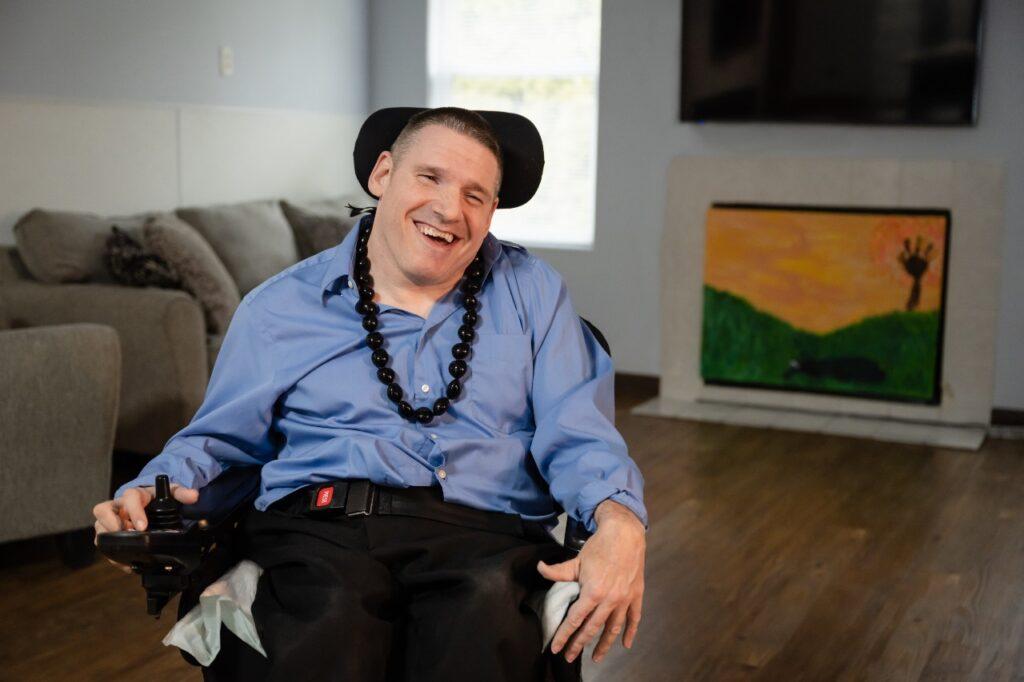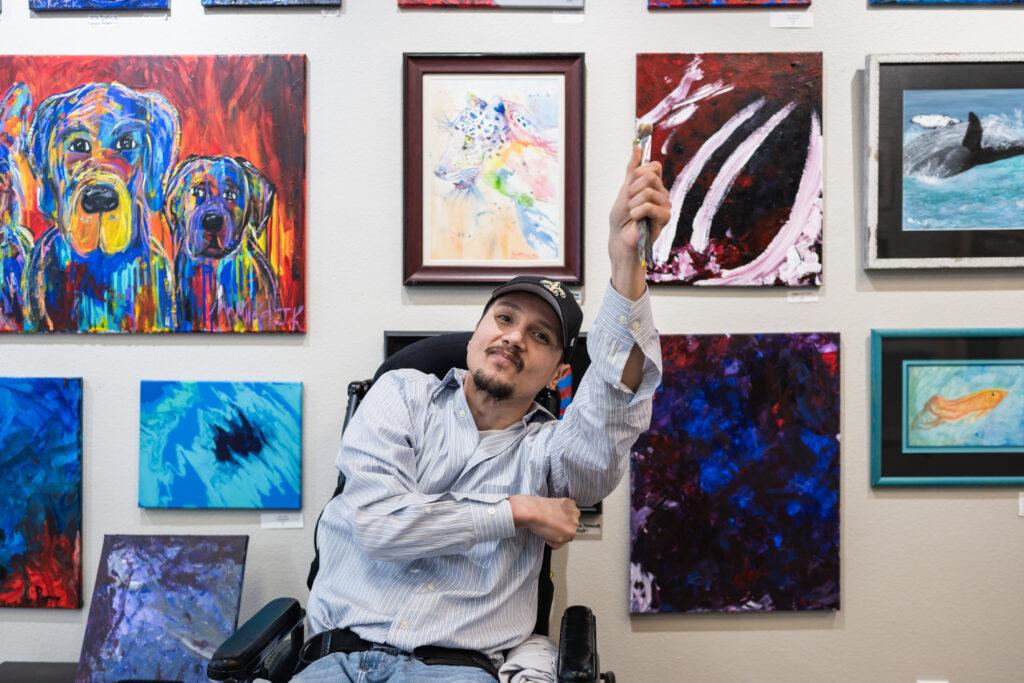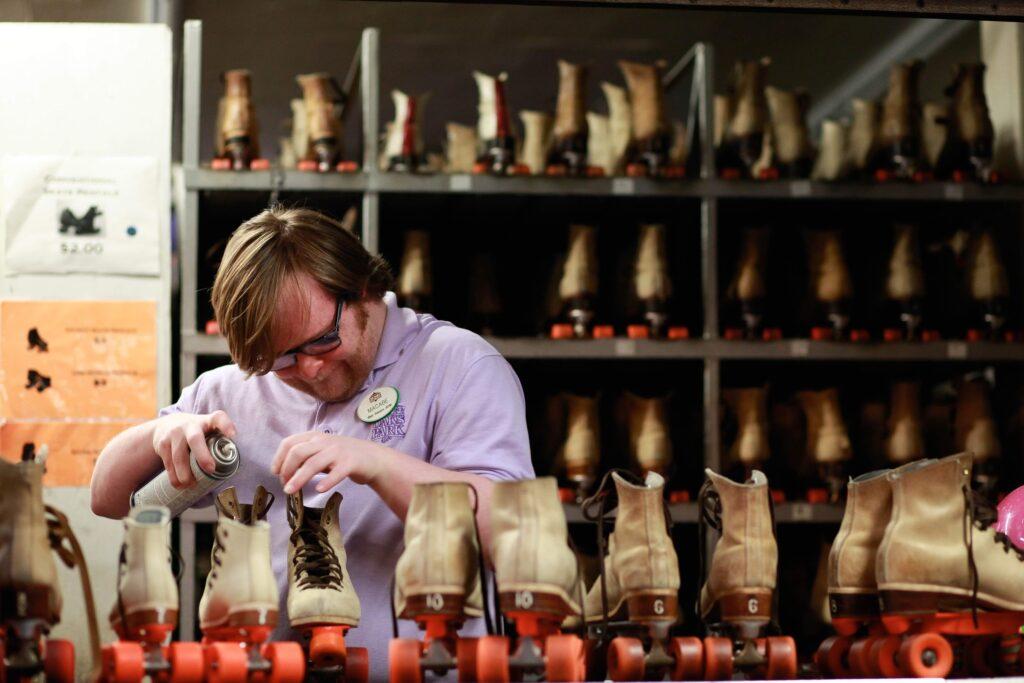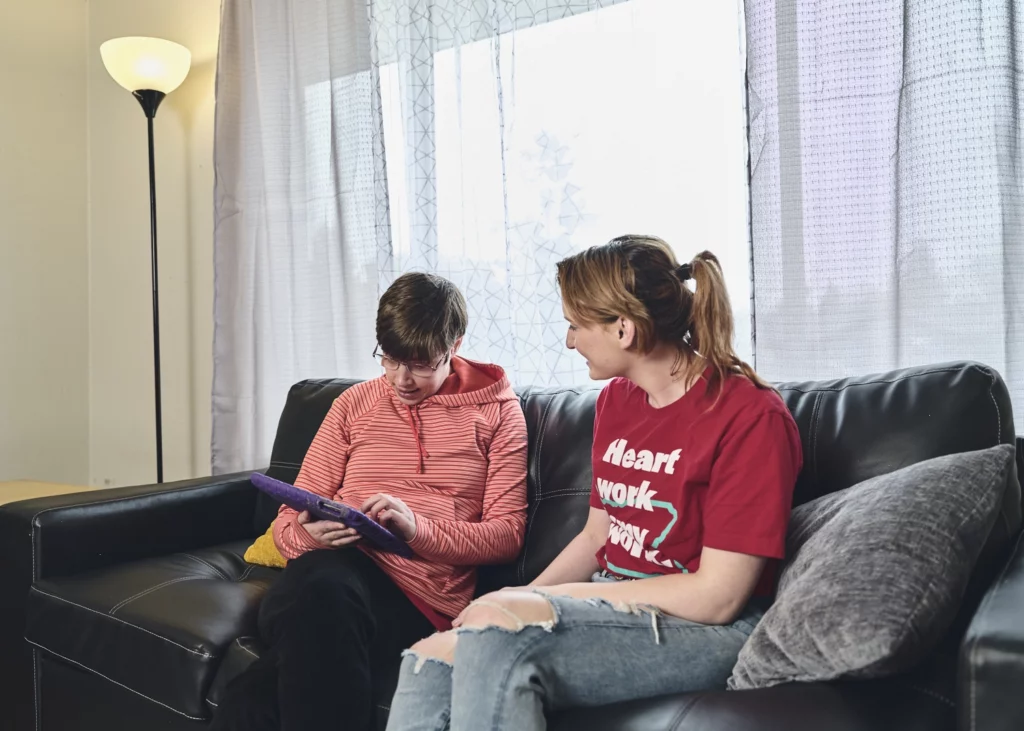Explore the ALSO Children’s Homes Wishlist and help fill the season with joy for the children supported by ALSO.
Explore the ALSO Children’s Homes Wishlist and help fill the season with joy for the children supported by ALSO.


“There is no greater disability in society, than the inability to see a person as more.”
Robert M. Hensel, Poet-Writer
We all know the problem of assigning stereotypes to community members with disabilities. Still, the general public continues to make assumptions according to many misconceptions.
Darrin Barham has been ALSO Supported Living Services Director for people with intellectual and developmental disabilities for 14 years. He’s proud to say that he and his team “Crush myths every day!” when it comes to proving what people with all types of disabilities can do as employees, neighbors, and independent members of their chosen communities.
Let’s discuss the top 5 misconceptions and myths that people with disabilities face (and why they even exist). In addition, we’ll provide facts on the incredible results when they are supported in reaching their full potential.
Misconceptions and negative attitudes about persons with disabilities have been around for decades, even centuries. Such assumptions are based on a lack of understanding and knowledge [1]. It has often been felt that those who are different from ‘the norm,’ are somehow inferior to the rest of us. In some cultures, people even believed that those with disabilities were somehow cursed [2].
This has resulted in stigma, or a set of negative and unfair beliefs [3]. Check out our list below of the top 5 most common myths and misconceptions about individuals with disabilities.

Undoubtedly, one of the most common misconceptions is that those living with a disability are completely helpless and must always be cared for by others. This is likely one of the reasons why individuals, particularly with developmental and intellectual disabilities, were warehoused in large institutions for so many years.
Truth: People with disabilities take pride in caring for themselves and are quite capable of learning, working, and thriving. Just like the rest of us, they experience certain limitations and challenges, but also have many strengths [4].
Those who have various physical disabilities are commonly assumed by the general population as having cognitive disabilities, such as poor memory, problem-solving, and learning disabilities.
Truth: Although many individuals have both physical and cognitive impairments, we should never make such assumptions. This misunderstanding often happens with individuals who have cerebral palsy. The word palsy specifically refers to lack of muscle control. Only about half of people with cerebral palsy have an intellectual disability [5].
Disability community advocates and self-advocates have been working to dispel this myth for decades. Even with the progress thus far, more improvements are needed to create increases in high-quality competitive employment.
Truth: According to the Job Accommodation Network (JAN), almost 50% of reasonable accommodations cost absolutely nothing! Over 40% cost an average of $300. JAN revealed many other positive effects of welcoming people with disabilities into the work environment [6]:
LEARN MORE: The Benefits of Hiring People with Disabilities.
Millions of Americans have disabilities that we can’t even see. Although after getting to know the person, a disability might become more noticeable. These are called invisible disabilities [7].
Truth: There are many invisible disabilities:
It’s often difficult to understand the functional limitations related to invisible disabilities. Therefore, it’s important to avoid making assumptions about what someone can do, or how they might need help. If you aren’t sure of something, just ask!
Many people use wheelchairs only when they need them. Sometimes, they may be ‘accused of,’ ‘looking for sympathy,’ or ‘faking it’ [8].
Truth: There are several medical conditions (e.g. multiple sclerosis, spina bifida), in which the need for wheelchair use ebbs and flows. You might see the person also using another mobility device, such as a cane or walker.
LEARN MORE: Using Technology to Make Public Transportation More Accessible. [9]

At ALSO, breaking down barriers that people with disabilities face is a common occurrence—and we are proud to do it! We actively facilitate disability rights and barrier-free environments for those we support through the following service models:
Want to keep learning about us? Sign up for our newsletter!

Sign up for our newsletter to get our latest news, content, and job opportunities.
Help us ensure that everyone has the same opportunities in their home, workplace and community. Let’s make dreams!
